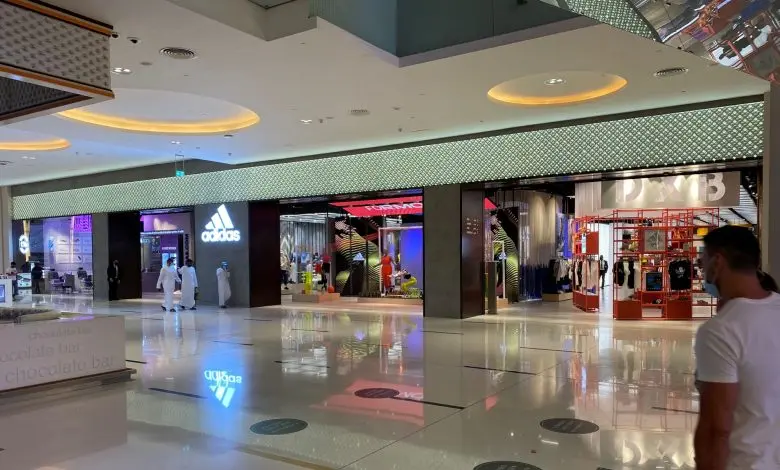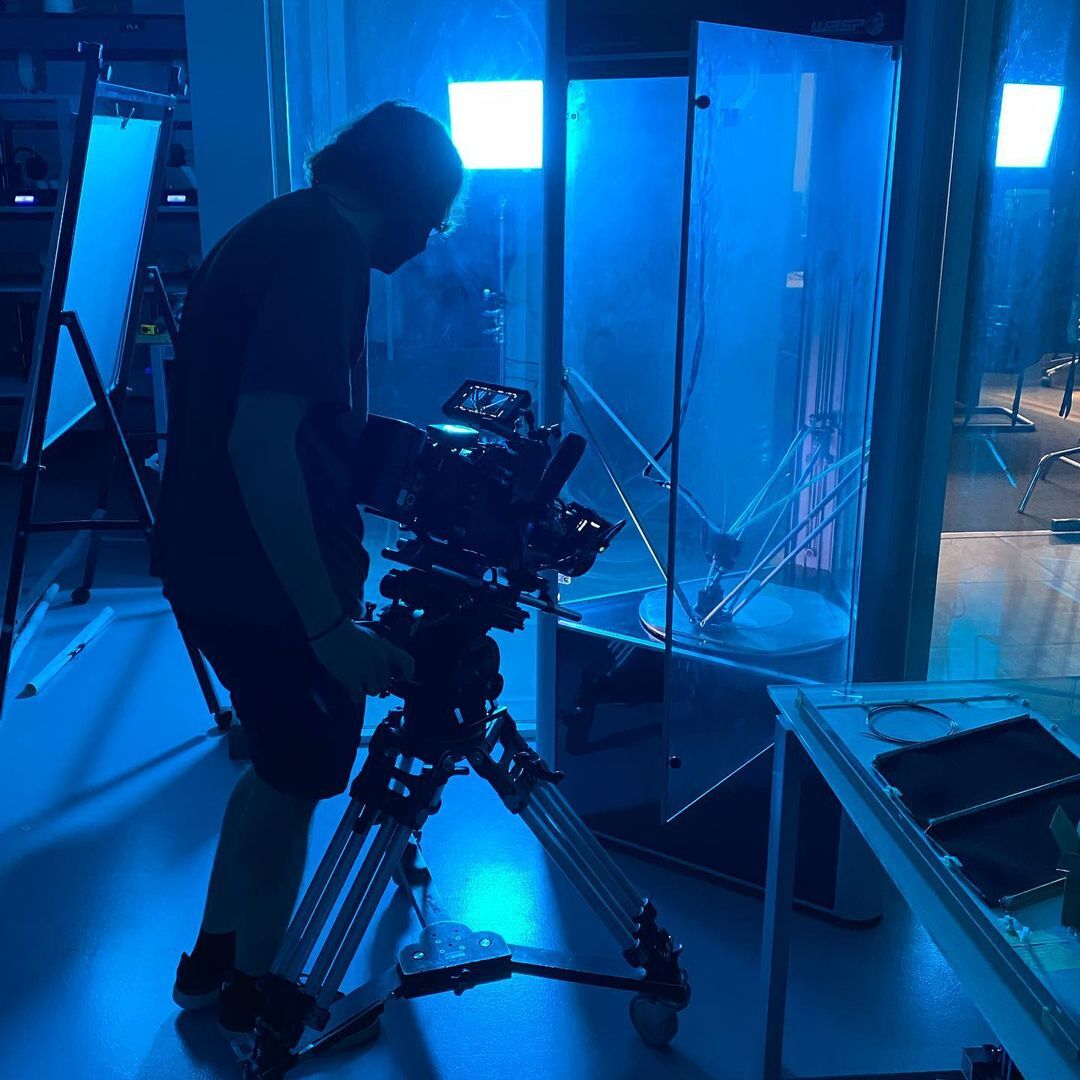3d printing transparent clear resin in dubai UAE
.jpg)
The use of transparent models in 3D printing is increasingly becoming an in-demand option for various industries and a wide range of customised projects using 3D printing in Dubai and across the region. Some of the top sectors that make good use of transparent 3D printing services are bottle manufacturers, jewelers and engineers who use the material to demonstrate their concepts with more details and with internal views.
Transparent 3D models and textures are made by solidifying liquid resin with ultraviolet light. A skillful understanding of the right techniques and process to use is required to ensure the right level of transparency and finish are achieved.
Solid training and experience with the material have equipped Proto21 with the level of mastery needed for 3D printing clear resin. Our team can provide 90 percent clear, transparent 3D prints. The printing layer height of this material can go up to 25 microns (0.025mm), providing high-quality results like any injection molded manufactured model. Minimum details can be 0.5mm with a clearance of 0.3mm.

Important Notes On 3D Printing Transparent Resin
- Color Changes Over Time: Due to the nature of the technology, resin 3D prints solidified with UV tend to change color over time depending on the light environment.
- Tinge: The tinge of transparent resin models may vary slightly. The greater the thickness of the model, the more noticeable the bluish tinge becomes. The tinge color is usually blue when we bring out a model from the printer. When we apply our technical finish to bring out more clarity, it gets yellowish. But the model gets clearer within 2 to 3 days of storage in an indoor or enclosed environment.
- Technical Finish: Post-processing of clear 3D printing material at Proto21 is a long, labor-intensive process. A model can take more than one day for just post-processing. The complete lead time for a standard model with a size of 10cm x 10cm can take up to two working days.
- Visibility: The visibility of the layers strongly depends on the shape or the design of the model. For instance, on a curved surface, layers will be much more visible. A special coat of chemical is applied to your model in order to make it transparent. This coat also protects your model from dust and helps minimize the discoloration process.














.svg)








